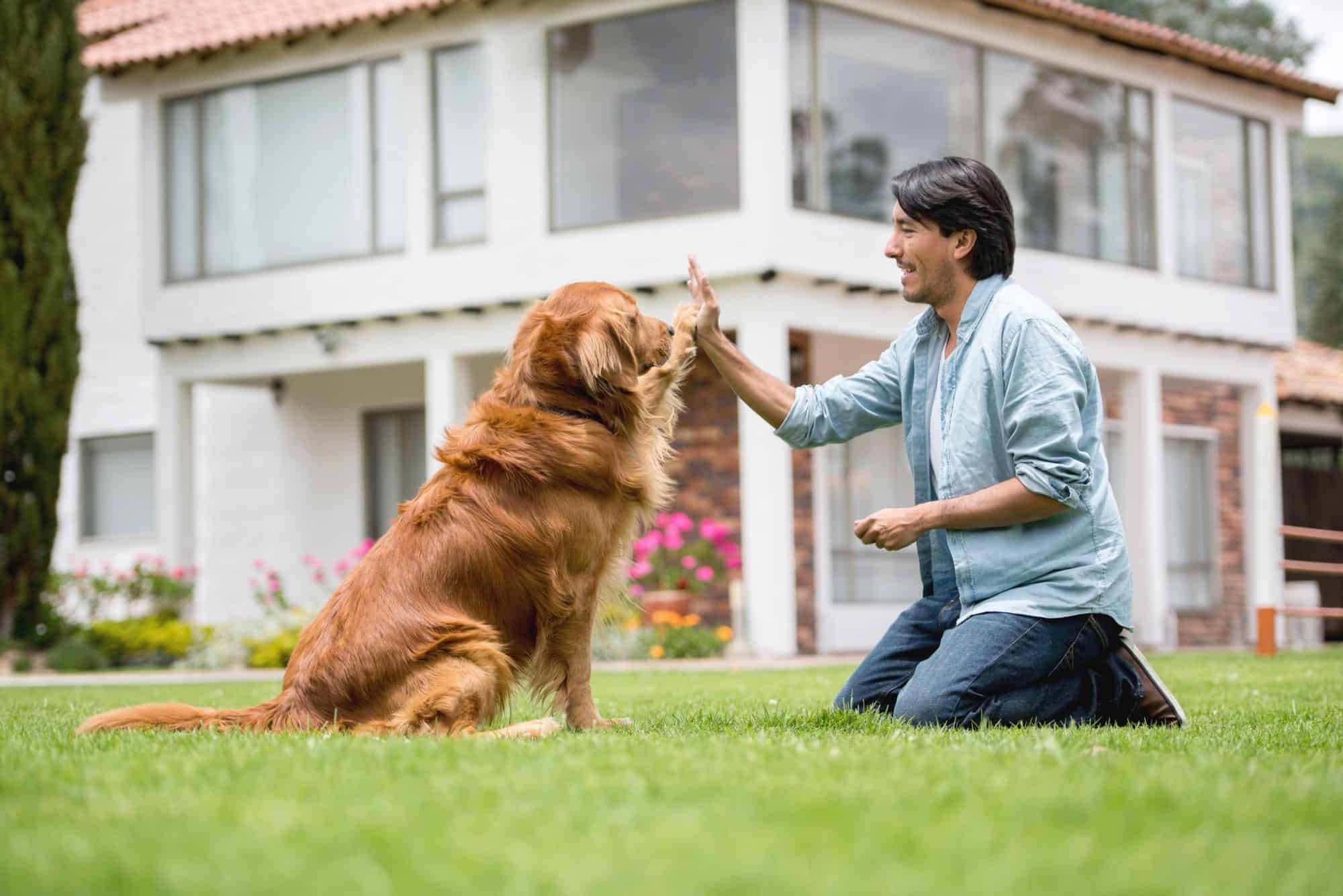
Everyone loves a well-behaved dog, but a canine that can do tricks is worthy of excessive praise and accolades. The best part of this is that dogs enjoy the mental focus and physical stamina that some tricks demand. Teaching and performing dog tricks provide endless entertainment for owners, and gives dogs confidence and motivation. What could be better than that?
The Happy Factor
At Oroville Animal Health Center, we believe that dog training is incredibly gratifying for both dogs and their owners. Successful displays of obedience commands or agility are not only impressive to witnesses, but performing dog tricks releases endorphins and dopamine. This satisfying combination of happiness and motivation keeps dogs and their owners coming back for more.
All Dogs
Dog tricks can be taught to all breeds and ages. Traditional high-achievers of easy dog tricks include corgis, Australian shepherds, border collies, poodles, and Jack Russell terriers. As long as owners remain positive, relaxed, and easy-going, dogs with limited experience with dog tricks can eventually respond.
Positive Reinforcement
As it is with house training, obedience, leash training, and more, dog tricks are best learned through positive reinforcement. Keep it light, positive, and rewarding for your dog. Training sessions should work with one trick at a time, and should be kept short (15 minutes or less). Treats work wonders to keep them focused and motivated, and can be used in tandem with or replaced by a proper clicker.
For dogs that have already demonstrated remarkable success with obedience training, learning new tricks continues to strengthen their mental flexibility. It may be more difficult to teach dog tricks to a pup with little or no experience following simple commands like “sit,” “stay,” “down,” “leave it,” and “heel.”
Basic Dog Tricks
Teaching your dog to “shake” is a great place to start, and paves the way for more complicated dog tricks.
With a treat held and concealed in your hand, ask your dog to sit. They’ll smell the treat, and may try to use their paw to softly dig at your closed hand. Give them praise for using their paw and allow them to eat the treat.
Add a new layer to this by saying the word shake when they paw at your hand. If they need help, gently touch and hold their paw when asking them to shake. After repeated attempts, they’ll be delighted to make the connection and treats will be unnecessary.
Employing the same technique, you can teach your dog to:
- Lay down
- Roll over
- Speak (bark on command)
- Spin
- Beg
- Play dead
- Take a bow
- Back up
- Kiss
Building communication between you and your dog is meaningful and important work. It does take time, so patience is key to the process.
A mentally and physically fit dog is a happy, well adjusted member of the family. If you need help with your dog’s behavior, please give us a call at (530) 533-7513. We are always here for your dog!
